7 Lesser-Known Neighborhoods Worth Exploring In Barcelona
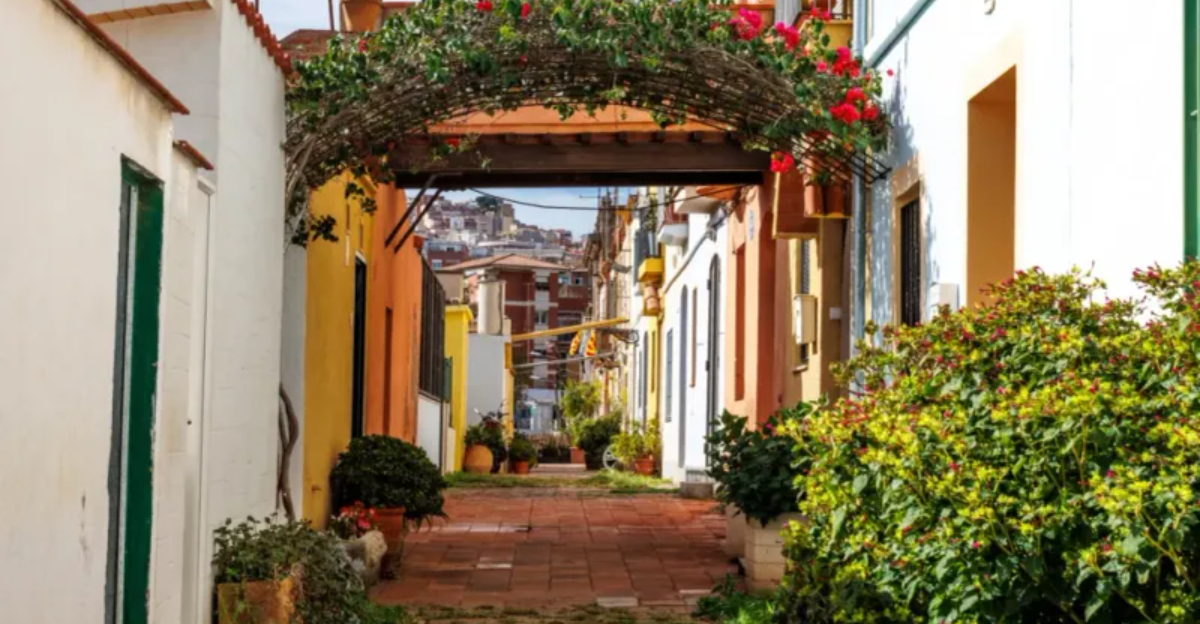
Barcelona isn’t just about Gaudí landmarks and packed boulevards—it’s a city of neighborhoods, each with its own soul. Step away from the postcard spots and you’ll find corner cafés where everyone knows your name, markets untouched by selfie sticks, and plazas that hum with local life.
These lesser-known districts reveal the Barcelona that locals actually live in—authentic, unpolished, and endlessly rewarding to explore.
1. Sant Andreu
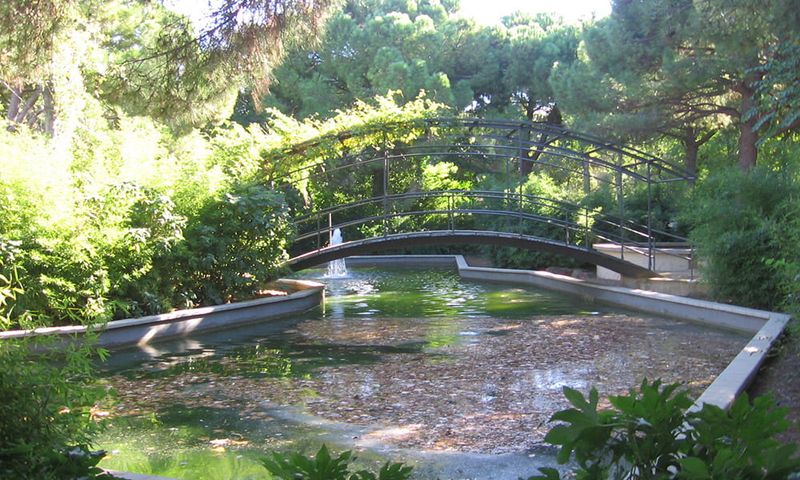
Step back in time on streets where neighbors still greet each other by name. Sant Andreu preserves its small-town essence despite being part of the big city.
The traditional squares buzz with local life, especially around Plaça del Comerç where elderly residents play cards while children chase pigeons. Authentic bakeries and family businesses have operated for generations in this charming district.
2. El Clot
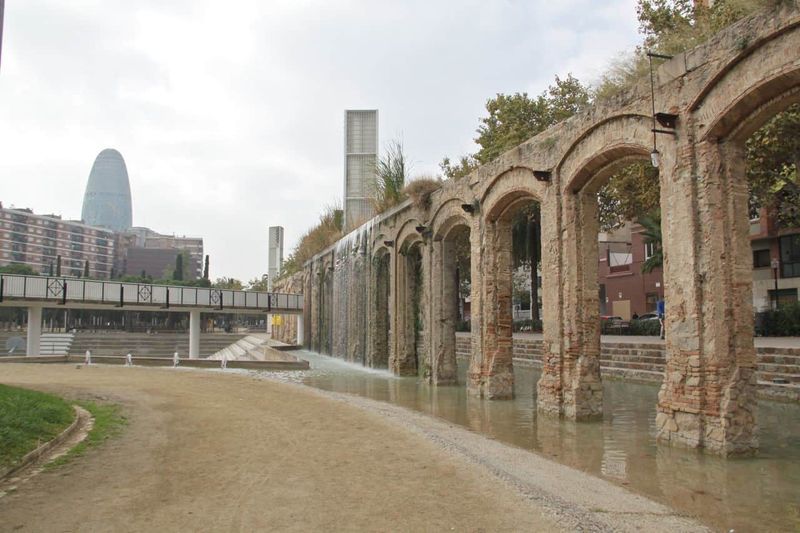
Authentic city living thrives in this residential enclave where Barcelona’s working-class roots remain visible. This neighbourhood balances urban convenience with community warmth, centered around its innovative park built atop former railway tracks.
Local markets of El Clot buzz with activity as residents shop for fresh produce. Unassuming family-run restaurants serve some of the most authentic Catalan cuisine you’ll find anywhere in the city.
3. Horta
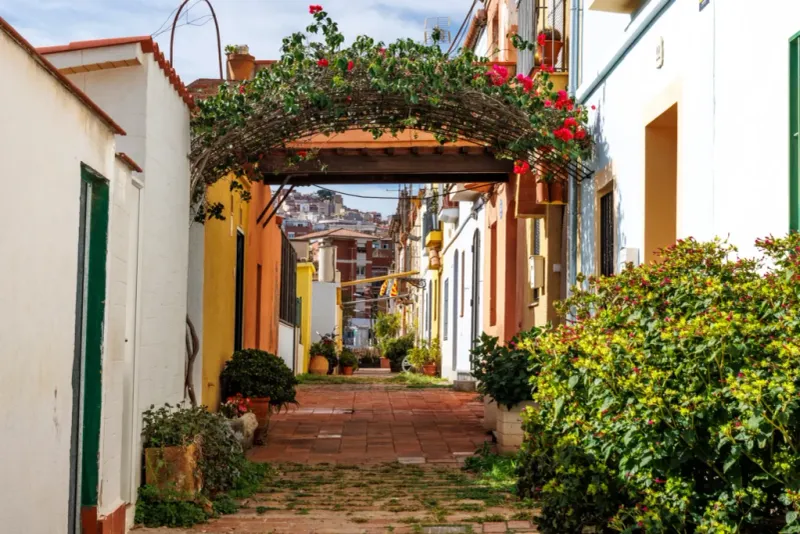
Tucked into Barcelona’s northern hills lies a district that feels more like a mountain village. Narrow streets wind upward past colorful homes where potted plants adorn balconies and laundry flutters in the breeze.
Horta is home to the magical Labyrinth Park, a historic garden with hedge mazes and mythological sculptures. Residents maintain strong community ties through local festivals and neighborhood gatherings throughout the year.
4. Poblenou
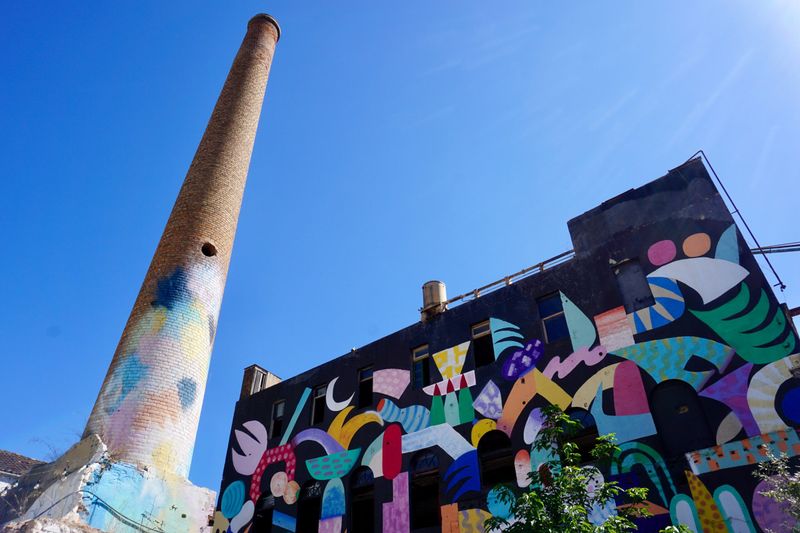
Industrial bones support the flesh of a creative renaissance in this dynamic district. Former factories of Poblenou now house art studios, tech startups, and trendy cafés where digital nomads tap away on laptops.
The transformation of the neighborhood includes the tree-lined Rambla del Poblenou leading straight to Mediterranean beaches. Street art splashes color across brick walls, telling stories of both the area’s manufacturing past and its innovative future.
5. Sants
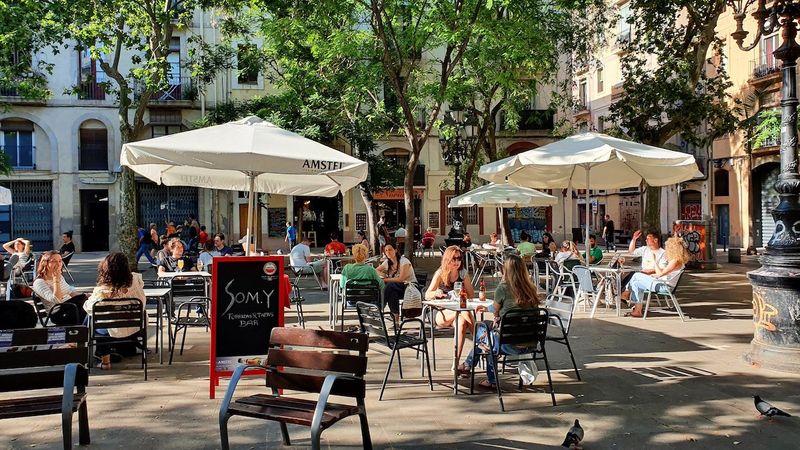
Bustling energy radiates from this transportation hub that’s so much more than just a stop on the way somewhere else. Local life pulses around the historic Mercat de Sants where vendors call out daily specials to regular customers.
Sants offers authentic Barcelona experiences with its lively pedestrian streets and family-run tapas bars. The neighborhood retains its independent character despite the constant flow of travelers passing through its major train station.
6. Gràcia (Beyond The Tourist Core)
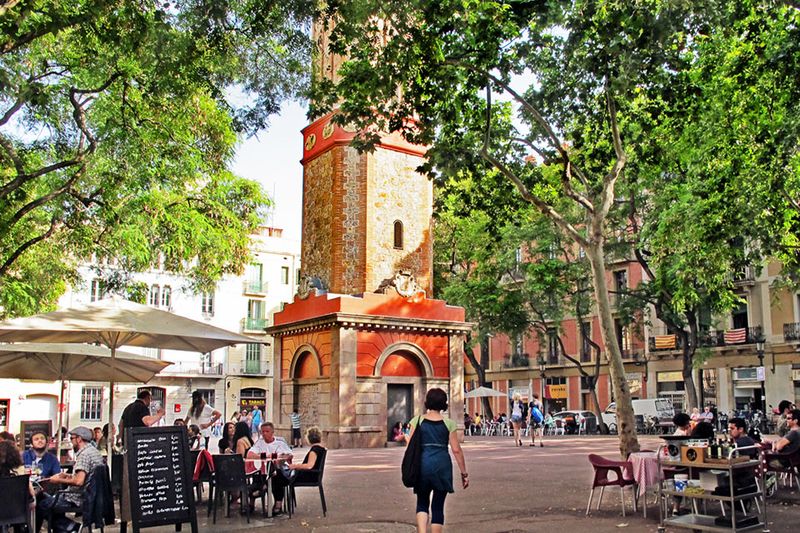
Venture past the well-trodden squares where travelers congregate to discover the true heart of this beloved district. Quiet lanes reveal a different side of Gràcia, where elderly residents water window boxes and children play in peaceful plazas.
This part of Gràcia maintains the village atmosphere from when it was a separate town outside Barcelona. Local craft shops, independent bookstores, and tiny vermut bars serve primarily residents rather than visitors.
7. Sarrià
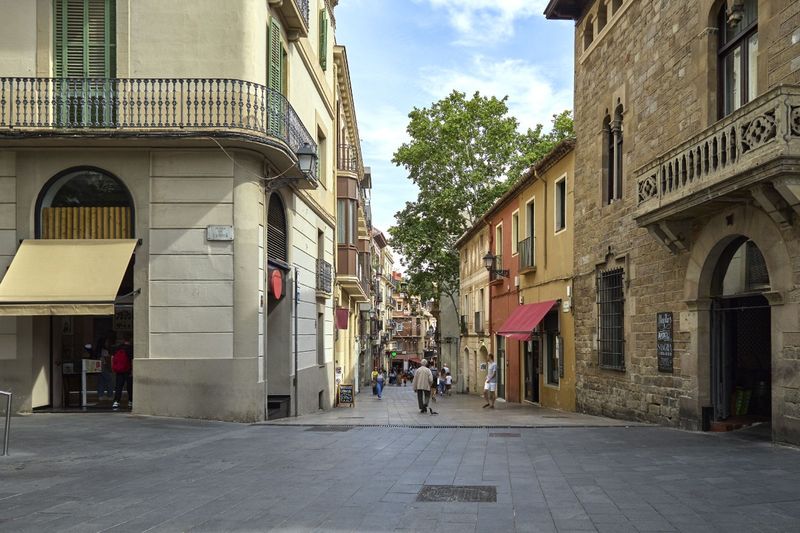
Elegant streets lined with modernist buildings reveal one of Barcelona’s most sophisticated enclaves. Generations of well-to-do Catalans have called this hillside district home, creating an atmosphere of refined tradition.
Sarrià’s main street bustles with upscale boutiques, artisanal bakeries, and gourmet delicatessens. Despite being just minutes from downtown, this former independent village maintains its distinct identity with tree-shaded plazas where locals gather for unhurried conversations.
